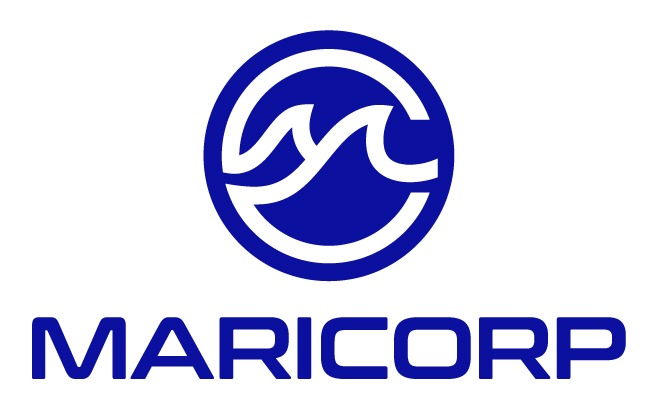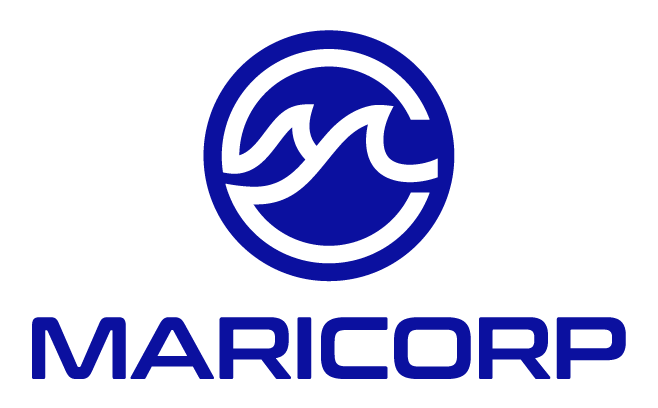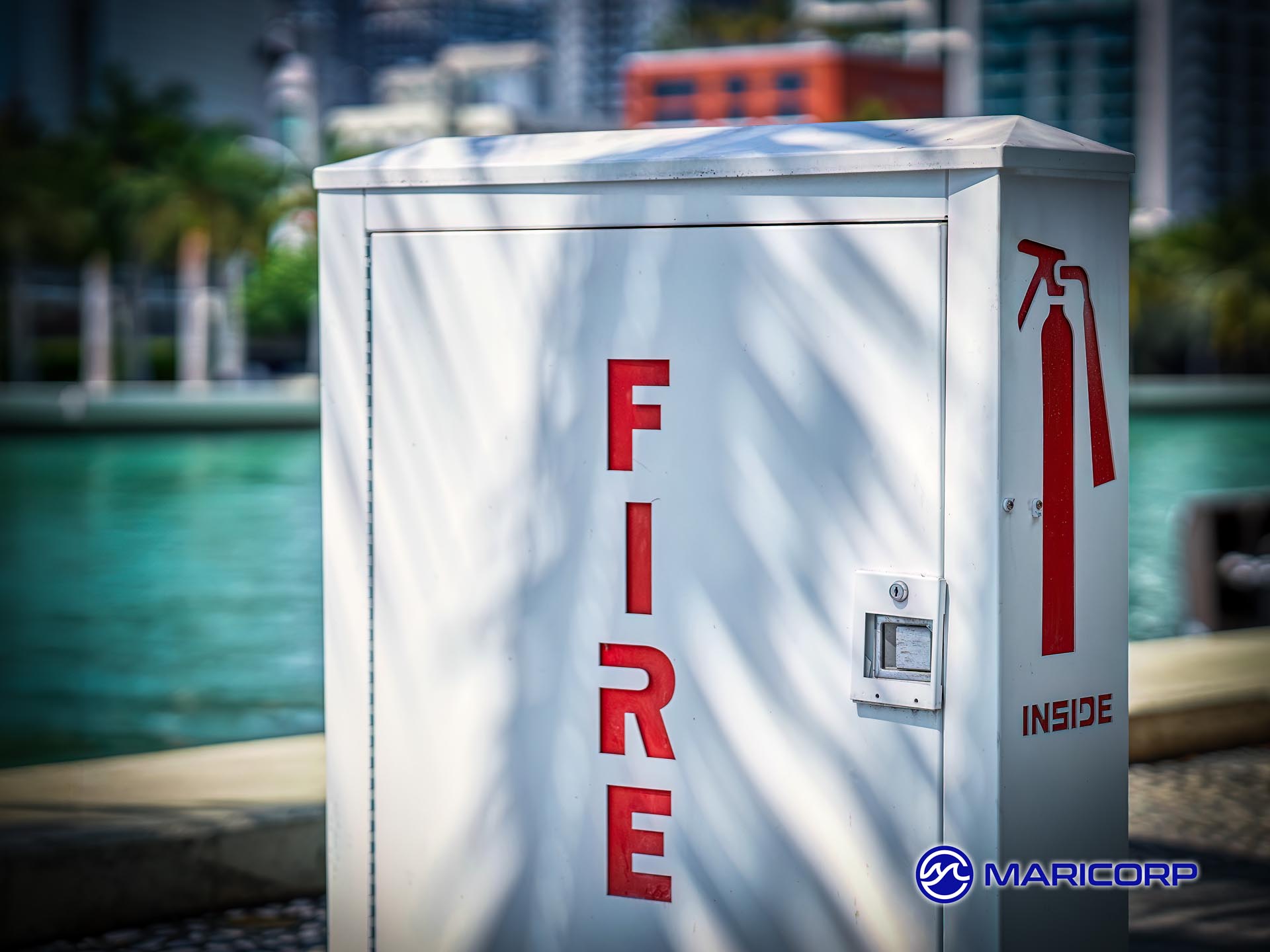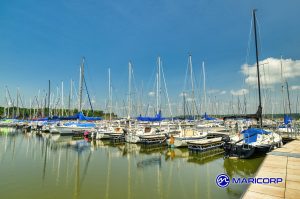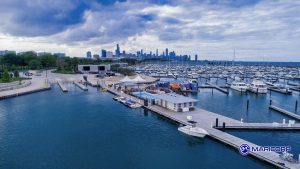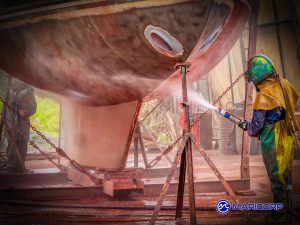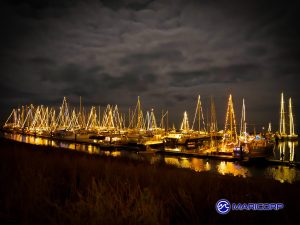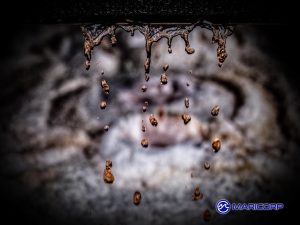Marina Fire Safety: Critical Upgrades Before Winter
As cold weather approaches and marinas shift to winter operations, now is the time to review marina fire safety systems. Heaters, closed buildings, dry storage equipment, and a reduced work staff can all increase fire risk—especially if inspections are overlooked. A few preventive upgrades in October can protect your infrastructure, reduce liability, and ensure your operation meets current fire code readiness requirements.
From electrical panels and emergency access to signs, fire suppression gear, and contractor compliance, this guide briefly outlines how you can prepare your fire safety systems for winter. If your marina remains active year-round or includes liveaboards, these upgrades are necessary. If you fully shut down, they can prevent costly off-season losses.
Electrical Infrastructure: Panels, Cords, and Service Points
Faulty wiring remains one of the leading causes of dock fires, specifically when portable heaters or holiday lighting are added without proper supervision. That makes October the perfect time to perform a top-to-bottom walkthrough of your electrical systems with marina fire safety in mind.
Panel and Breaker Inspections: Check all your service panels for missing covers, rusted boxes, or non-labeled circuits. Flip each breaker manually for proper engagement and look for spongy resistance. Labeling should match the equipment or pedestal location.
Dockside Pedestals and GFCIs: Inspect your power pedestals for missing covers, broken, charred outlets, or failed ground fault interrupters. GFCI protection is a fire code readiness requirement in many regions, especially where docks service unattended vessels.
Extension Cords and Splitters: If your customers are using extension cords for heaters or battery maintainers, examine the visible cords for cracking, improper routing, or exposed prongs. Remind boaters that multi-outlet adapters are not rated for continuous dock use under most marina fire safety guidelines and pose a fire hazard.
Generator Panels and Emergency Shutoffs: For marinas with generator backup systems, test transfer switches and make sure all proper signage is in place. Emergency shutoffs should be unobstructed and labeled in weatherproof print, with clear instructions for employees or first responders.
Electrical fire risk increases in the colder months, when more power is used in smaller or less frequently inspected spaces. Identifying problems now is a critical step toward fire code readiness.
Fire Suppression Equipment: Extinguishers and Systems
Fire extinguishers are often the first and only line of defense during a dockside fire. That’s why fall is the ideal time to verify that suppression systems are fully charged, clearly visible, and ready for winter. Delays in inspection or maintenance can leave your facility out of compliance or unsafe in an emergency.
Extinguisher Placement and Visibility: Walk every dock, building, and dry storage area; make sure extinguishers are mounted at the correct height, are easily accessible, and not blocked. Check for signs of tampering or corrosion. Storage sheds, fuel docks, and service areas should each have their own dedicated extinguisher.
Service Tags and Pressure Readings: Each extinguisher must have a certified inspection tag from a licensed technician. Read the pressure gauge; double check it’s in the green zone, and tilt dry chemical extinguishers gently to sense that the powder inside still flows freely.
Enclosures and Climate Exposure: Extinguishers exposed to cold air or splash zones should be housed in weather-rated cabinets. Cracked plastic covers or rusted hardware must be replaced. Fire code readiness depends not just on placement but on the ability of the gear to last in winter conditions.
Fixed Suppression Systems: For marinas with enclosed workshops or fuel-handling facilities, check that your fixed suppression systems (such as clean agent or dry pipe sprinklers) have been professionally inspected within the past 12 months. Keep service records in a visible location and check that activation triggers are unobstructed and functional.
Keeping suppression tools in proper working order reinforces both marina fire safety and compliance with state and local inspection codes.
Signage, Access, and Winter Staffing
Effective response to a fire depends on how quickly someone can recognize the hazard, activate suppression tools, and call for help. In winter months, reduced visibility and staffing levels make emergency signs and access planning even more important.
Fire Lane and Dock Markings: Repaint or replace any faded pavement markings that identify fire lanes, standpipe connections, or emergency gates. Use high-contrast, weather-resistant paint that stays visible during snow or freezing rain. Winter dock safety can be undermined if first responders can’t find access points or fire hydrants.
Signage Updates: All fire extinguishers, shutoffs, and emergency phones should be marked with clear signs using reflective or glow-in-the-dark materials. If any policies have changed, such as hours of operation or emergency contacts, update posted notices now before freeze conditions begin.
Emergency Access Points: Check that gates and roads remain unlocked or accessible for emergency vehicles during winter. For gated marinas, provide the fire department with codes or physical keys, and walk them through your layout before the snow falls.
Staff Training and Scheduling: Review winter staffing to guarantee at least one trained employee is on-site or on duty during business hours. Conduct a refresher on fire extinguisher operation, panel shutoff locations, and emergency contact procedures. Encourage staff to report any discovered risks immediately.
Advance planning and good communication play a major role in fire code readiness, especially in facilities where emergency passage becomes more limited during colder months.
Fuel Dock and Heater Safety
Fuel docks and portable heaters are two of the most common sources of cold-season marina fires. That makes them top priorities during fall inspections focused on marina fire safety and winter planning.
Fuel Dock Protocols: Inspect your fuel dock for ignition risks, locate frayed bonding wires, non-sparking tools, and outdated signs and posters. Confirm all fire extinguishers are marine-rated (Class B) and that your emergency shutoff is clearly marked and easily accessible from multiple angles. Keep no-smoking signs visible and walk customers through winter fueling protocols if self-service is permitted.
Vapor Detection Systems: If your fuel dock or nearby buildings use gas-powered equipment or storage, test your vapor detection alarms before winter. Validate calibration dates, sensor placement, and battery condition. These systems are crucial for meeting fire code readiness in enclosed or partially ventilated structures.
Portable Heater Usage: Portable space heaters may seem harmless, but they carry serious risks. According to the U.S. Fire Administration, they cause just 3% of home heating fires but are responsible for 41% of the fatalities (USFA). Data from the U.S. Consumer Product Safety Commission shows an average of 1,700 fires annually linked to space heaters, with around 70 deaths and 160 injuries each year (CPSC). Another estimate suggests space heaters contribute to 300 deaths per year in the U.S., accounting for 86% of all fire-related deaths tied to heating equipment.
Walk the docks and covered slips to identify improper heater use—especially extension cords, unapproved devices, or unattended heaters in boats with enclosed cabins. Provide certified marina-approved heater guidelines in fall newsletters or customer portals, and discourage the use of open-element heating devices.
Storage and Flammable Materials: Audit dock boxes and maintenance lockers for fuel, paint, or solvents. Cold temperatures increase vapor density, which can make fires more likely. If possible, move flammable materials to secured storage away from occupied areas.
Reducing fire risk at the fuel dock and slip level is one of the most effective ways to support marina fire safety through the off-season.
Post-Inspection Documentation and Spring Prep Planning
Completing your fire safety upgrades is only part of the process, capturing your efforts through documentation and planning ahead for spring inspections ensures continued protection and compliance. By maintaining detailed records now, you’ll reduce liability risks and streamline your next seasonal changeover.
Inspection Logs and Photo Records: Create a checklist of every item inspected, including electrical panels, fire extinguishers, dock boxes, and vapor detection systems. Include date-stamped photos to track condition and verify improvements. For multi-dock facilities, organize records by dock letter or service zone.
Code Reference and Updates: Document any code citations or fire department recommendations you’ve addressed this fall. If you operate in an area with recent updates to marina fire safety codes, include printed copies or bookmarked links in your compliance file for employee reference. Local authorities will appreciate having this ready during future walkthroughs.
Scheduling Your Spring Walkthrough: Add a reminder or invite to your calendar now to repeat a fire code readiness check in early April, before spring begins. By reviewing extinguishers, signs, and service panels at both ends of the season, you’ll catch issues that may come up during winter and prevent missed hazards in high-traffic months.
Staff Notes and Training Gaps: After your fall walkthrough, review your findings with your team. What knowledge gaps came up? Which procedures need clarification? Use this moment to update fire response plans, staff training and materials, or third party vendor access policies before winter weather sets in.
Annual Improvement Tracking: Over time, documenting your seasonal fire safety work builds an archive of trends and risk areas. Are certain panels always corroding? Do specific customers consistently require heater warnings? These insights support better long-term planning and design.
With your fire systems inspected, documented, and aligned with code, your marina can approach winter operations with greater confidence—and fewer surprises.
Related Fire Prevention Articles:
*Sign up for our free newsletter “Marina Management Journal” so you can stay up to date
About MariCorp
Maricorp is one of the largest floating boat dock manufacturing and construction companies in the United States, specializing in galvanized steel floating docks and boat lift systems. With projects spanning coast-to-coast, Maricorp provides marina consultation and design, marine construction, marina repair and renovation, and boat dock disaster response and demolition.
